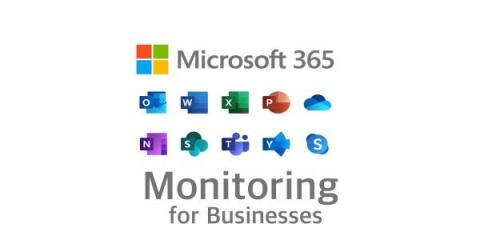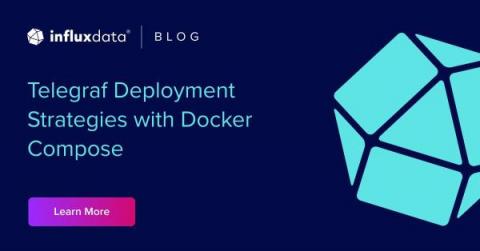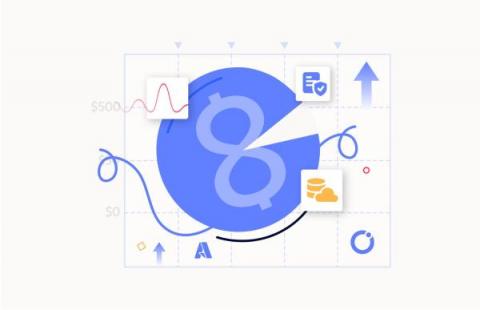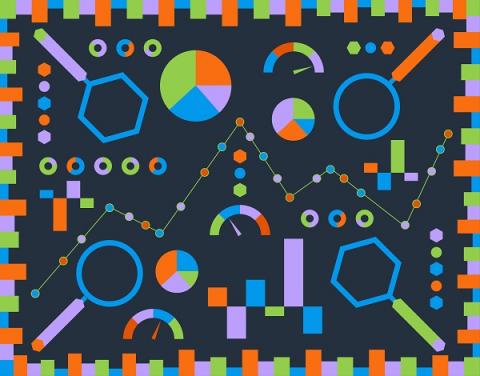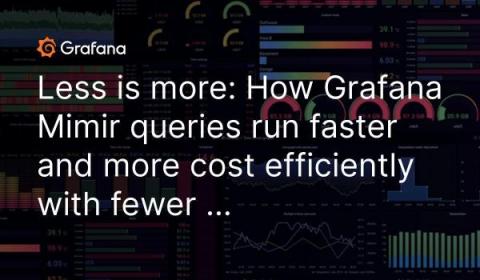Mastering Microsoft 365 Monitoring for Businesses
In the ever-evolving landscape of modern business, the shift towards cloud-based solutions has been nothing short of transformative. Among these technological advancements, Microsoft 365 has emerged as a cornerstone, offering a comprehensive suite of tools to streamline operations, boost collaboration, and enhance productivity. As organizations increasingly embrace the cloud, the need to ensure the performance, security, and availability of these critical services becomes paramount.


